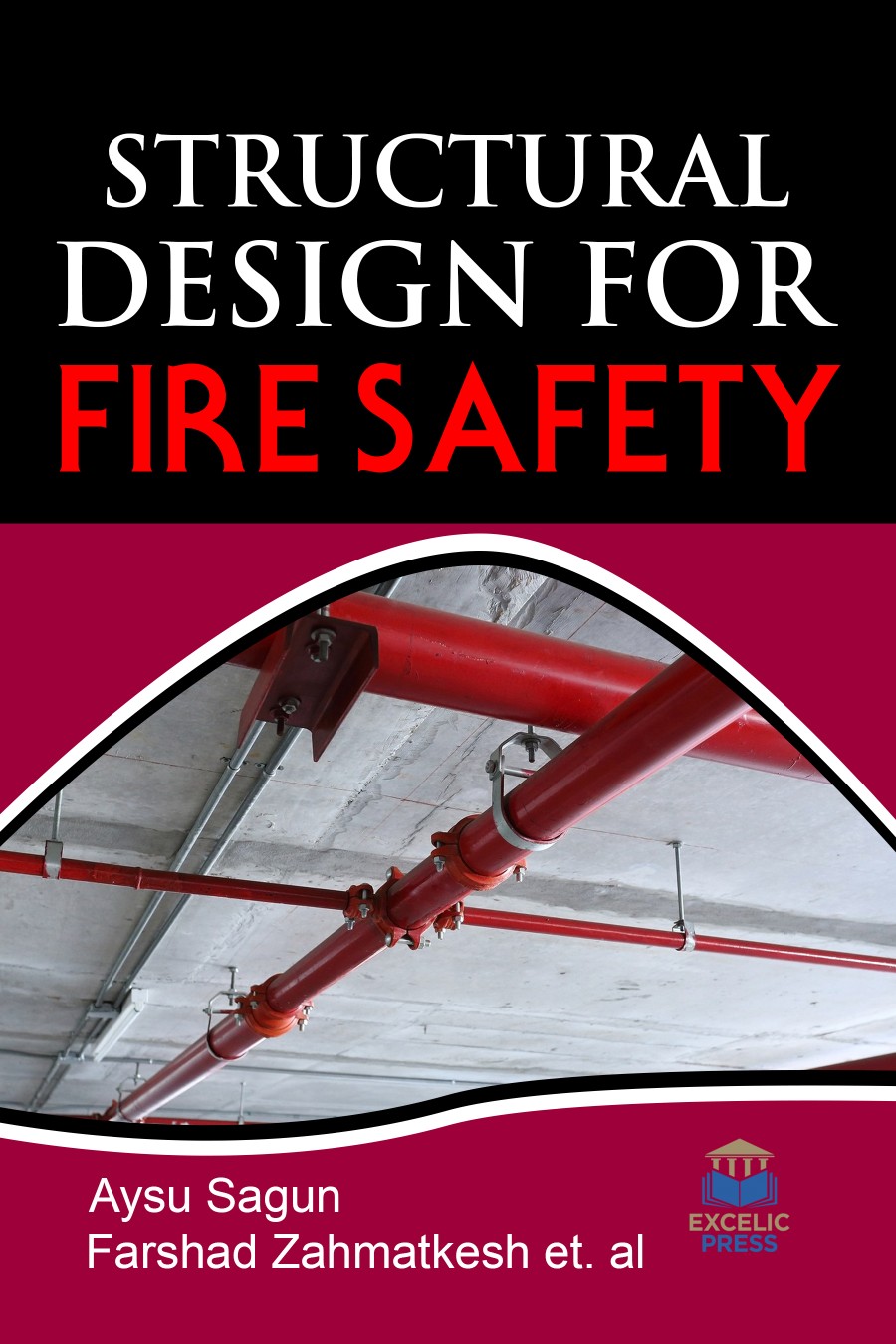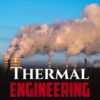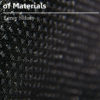Fire protection of building structural systems traditionally has relied on component qualification testing, with acceptance criteria based on component survival during a “standard” fire for a prescribed rating period. These test procedures do not address the impact of the fire on a structural system. With advances in fire science and the advent of advanced structural analysis, the routine use of the computer as a design tool and limit states design, it is becoming possible to consider realistic fire scenarios and effects explicitly as part of the structural design process.
Structural Design for Fire Safety specifically intends to highlight another major anomaly that currently exists in structural engineering practice. Although structural engineers of the world have access to the most sophisticated design tools and technologies for ensuring fire safety.
It addresses structural fire safety, which is a key consideration in the design of buildings, and a topic attracting worldwide attention. Significant advances in research have increased our knowledge on the behavior of steel and steel-concrete composite structures in fire. Some areas are becoming well understood (like the behavior of isolated elements in conventional building materials), while others areas (such as global behavior of structures in fire, or constitutive modeling of innovative building materials at elevated temperatures) need further investigation. This book is intended to review progress in this area and to present latest developments with respect to future structural fire design. It will focus on the research needs for developing consistent methodologies for addressing this issue from a structural engineering perspective.













